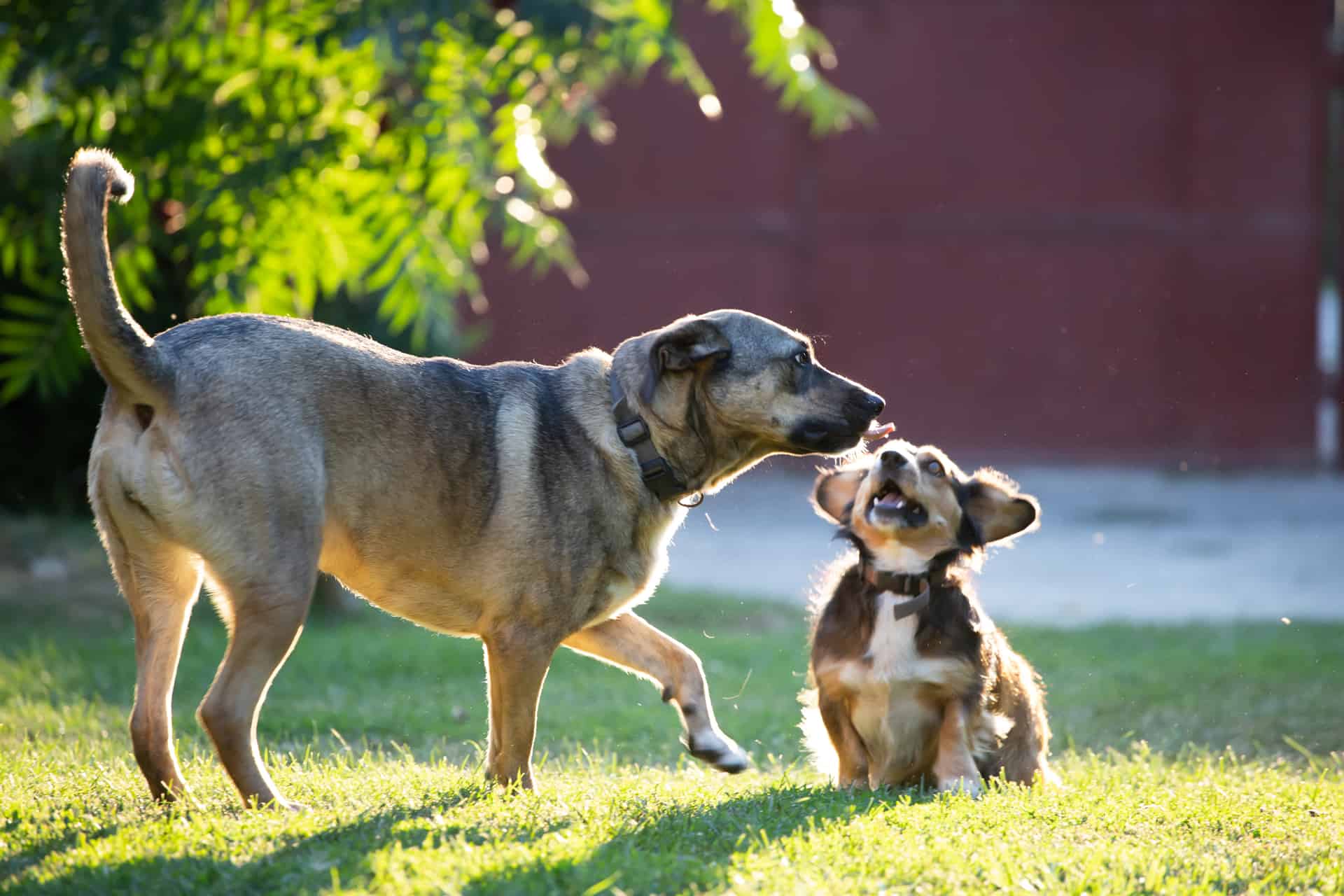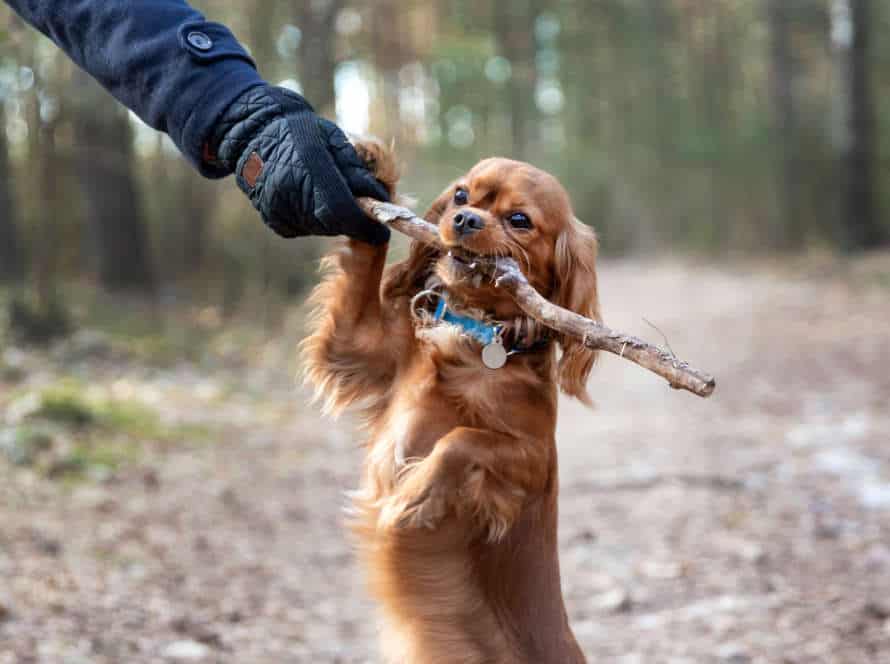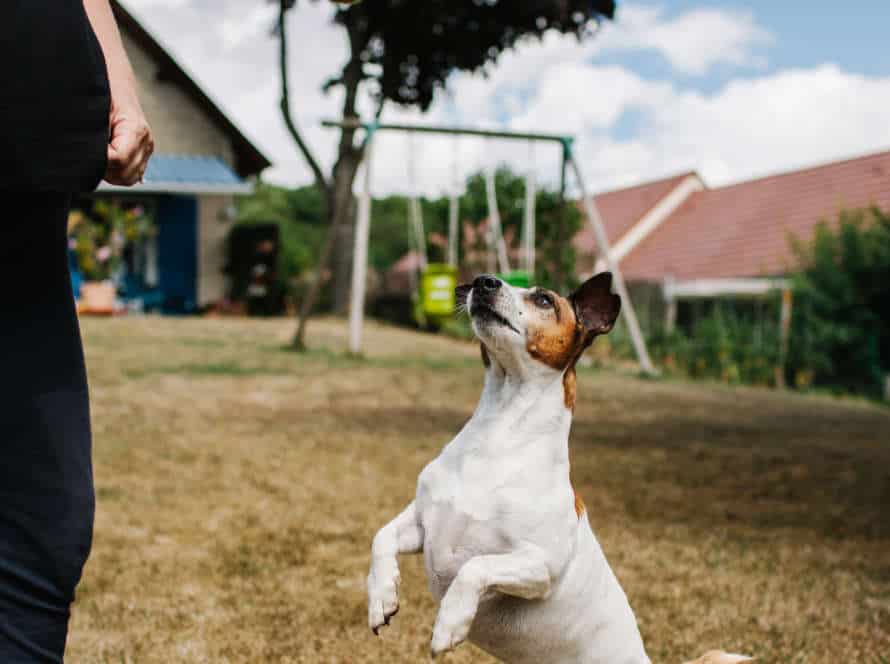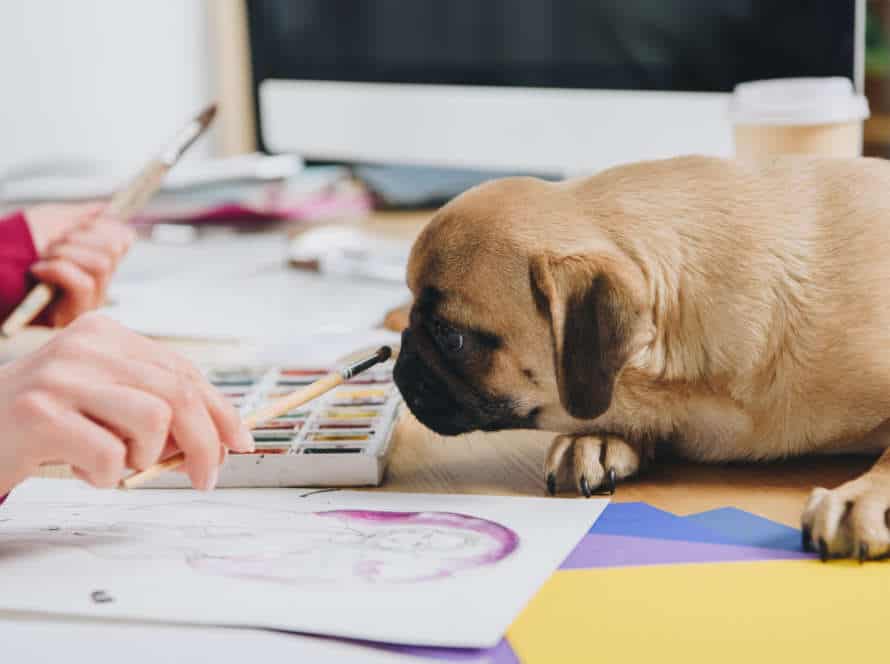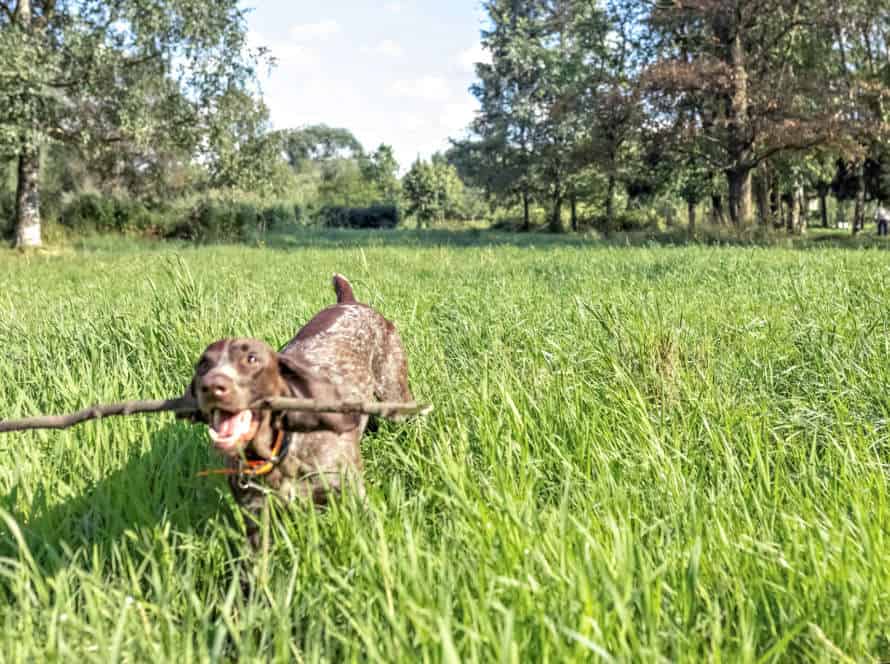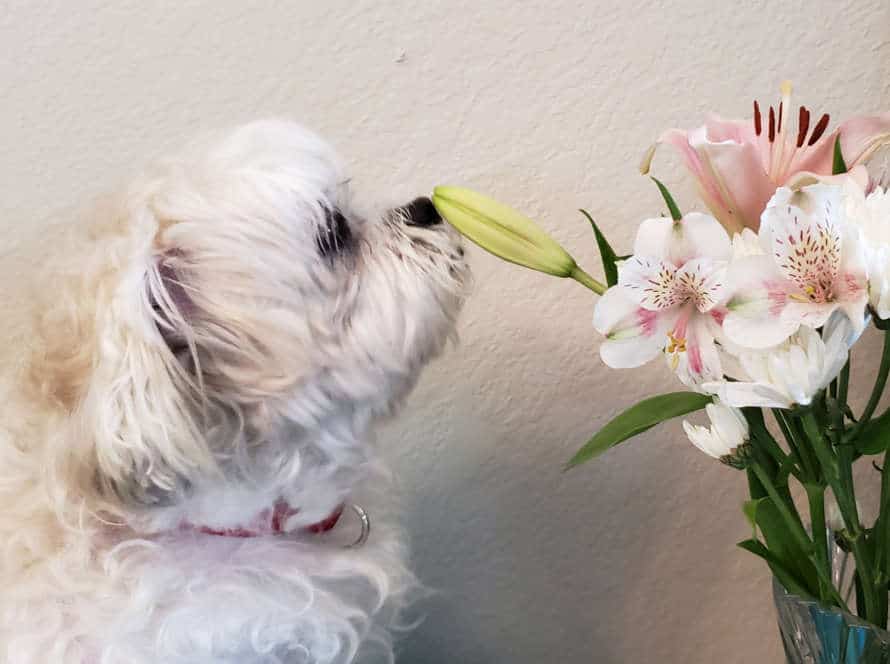Why Physical Activity is Important for Dogs
Physical activity is a must for any pup’s health. Playtime and exercise are great for fitness, mental health and a strong immune system. Let’s delve deeper into the role of physical activity for doggos and learn how to keep them active and healthy.
Benefits of Regular Exercise
Exercising can be beneficial for dogs in many ways! It helps to keep them at a healthy weight, reduces the risk of chronic diseases, and boosts their mood. It can also improve their behavior and strengthen the bond between dog and owner. For example, playing games and giving treats can make exercise fun for your pup!
Understanding Your Dog’s Exercise Needs
It’s key to grasp your pup’s exercise needs for their overall well-being, both mentally and physically. Typical physical exercise helps them stay a healthy weight, grow strong bones and muscles, better their cardiovascular system, and burn off unnecessary energy that could lead to mischievous actions.
Here are indications your dog may not be getting enough exercise:
- Being too heavy or gaining too much weight
- Chewing or digging destructively
- Too excited
- Constant barking or whining
- Having trouble concentrating
- Fearful or anxious
Playing with your pup is a brilliant way to keep them active, build a bond, and invigorate their mental health. Adding daily walks, runs, or other outdoor activities will help your pup remain fit, healthy, and content.
Pro tip: Check with your veterinarian before beginning a new exercise routine with your pup to make sure they are safe and well.
Risks of Inactivity and Obesity in Dogs
Inactivity and obesity are serious issues for our furry friends. Physical activity is essential for dogs to stay healthy and happy.
Obesity can lead to joint problems, heart disease, and diabetes. Inactivity makes these risks worse and can cause anxiety, depression, and destructive behavior.
Playtime is great for exercise and releasing energy. It can improve muscle tone, immunity, and mood.
As a pet owner, make physical activity part of your dog’s daily routine. Running, playing fetch, and swimming are a few examples.
Tip: Consult your veterinarian if you’re unsure what activities are suitable for your pup.
Fun Ways to Keep Your Dog Active
Bonding with your pooch whilst keeping them active and healthy? Sounds like a great idea! For their physical and mental wellbeing, ensure that your pet gets enough playtime. There are lots of fun activities to do with your furry pal – let’s explore them and see which ones work for you and your pup!
Taking Walks and Hikes
Going for walks and hikes is a cool and healthy way to keep your pooch active and mentally stimulated. Exercising is great, plus it allows your dog to discover new places and smells. Here are some tips for making the most of your walks and hikes with your pup:
- Choose a safe route that matches your dog’s size, breed, and activity level.
- Bring enough water and snacks for both you and your dog.
- Use a leash to keep your pup under control and prevent problems with other dogs or wildlife.
- Let your pooch sniff and explore its environment, but be careful of potential threats such as toxic plants or steep drops.
- Gradually make walks and hikes longer and more difficult to challenge your dog and build its stamina.
Playing Fetch and Other Active Games
Playing fetch and other active games are great for both your dog’s physical and mental health. Plus, it’s fun! Here are some ideas:
- Fetch: Throw a ball, stick or toy and have your pup fetch it. It exercises their hunting instincts and gives them a good cardio work-out.
- Tug-of-War: Use a rope or toy and play with your pooch. Builds their strength and helps you bond.
- Hide-and-Seek: Hide a treat or toy in your house or backyard and have your dog search for it. Stimulates their senses.
- Agility Course: Set up an obstacle course using items like jump ropes, hula hoops and cardboard boxes. Develops your dog’s agility and coordination.
Remember to keep the games safe and suitable for your dog’s age and health. Exercise and playtime make your dog happy, healthy and mentally stimulated.
Trying Agility Courses and Obstacle Training
Have a blast and bond with your pup while keeping them fit and healthy by doing agility courses and obstacle training! Here are some tips to get you going:
- Begin with basic obedience training to establish discipline and build a strong relationship between you and your pup.
- Introduce them one at a time to various agility equipment, like tunnels, jumps and weave poles. Reward them with treats and use positive reinforcement to persuade them to join in.
- Set up a practice course in your backyard or nearby park. As your pup grows more courageous and skilled, make the obstacles more complicated.
- Make sure your pup is well-exercised and has enough rest before and after each training session to prevent harm or fatigue.
- Have fun and be patient with them as they learn. Pro tip: Safety should always be your top priority when doing agility training. If you’re uncertain about anything, seek help from an experienced trainer.
Incorporating Exercise into Daily Routines
Exercising is vital for your pup’s health. But, it can be tough to fit into your daily routine. The secret is making exercise enjoyable. Incorporate playtime for physical fitness into your everyday life for your pup. Here are some fun ways to keep your dog active!
Encouraging Playtime at Home
Playtime with your pup can be a great way to boost their mental stimulation and physical health. Try these tips to make playtime part of your daily routine:
- Set up a special play area with toys like frisbees, ropes and balls.
- Make playtime a habit that you both look forward to.
- Incorporate obedience commands and agility drills.
- Use indoor workouts on wet days, like fetch up and down the stairs or lunge-following.
Pro Tip: Remember to adjust playtime according to your dog’s age and physical health for the best results!
Finding Dog-Friendly Activities in the Community
Incorporating your pooch into your daily routine is a great way to keep them active and healthy! Here are some tips to find dog-friendly activities in your community:
- Contact local parks and recreation centers. These places often offer off-leash areas, dog walks, and community events.
- Look online. Websites like BringFido and GoPetFriendly list dog-friendly activities in your area.
- Ask around. Your neighbors may know of events or activities you can do with your pet.
Physical exercise is great for your pup’s health and happiness! Games like tug-of-war and fetch, hikes, and park runs are all great options. Plus, joining a local dog walking club or participating in a charity walk/run is a great way to meet other dog lovers and get fresh air and exercise.
Making Time for Active Bonding with Your Dog
Active bonding with your pup is a must to build a strong relationship and keep them physically and mentally healthy. Exercise and playtimes are great for keeping them active, healthy, and happy. Here’s how to add exercise to your dog’s day:
- Mornin’ Walk/Run: Start your day with a walk or run together to energize both you and your pup.
- Playtime Breaks: Throughout the day, take breaks to play catch, tug-of-war, or any other game your dog loves!
- Dog Park Visits: Regular trips to the dog park will give your pup some playtime and the chance to socialize with other doggos.
- Evening Strolls: A cozy evening stroll after dinner can help your pup relax and sleep better.
Remember, every dog has different exercise needs depending on their age, breed, and overall health. Ask your vet to come up with an exercise plan suited to your furry friend.
Tips for Safe and Effective Exercise
Exercising is important for canines, big or small. It keeps them fit physically and mentally, by giving a release to their energy and reducing stress and worry. For your pooch to have fun while being safe, follow these tips!
Proper Warm-Up and Cool-Down Techniques
Warm-up and cool-down techniques are very important for a safe and successful workout, whether you’re doing it alone or with your pet.
For warm-up: Do 5-10 mins of light cardio, like walking or jogging, to raise your heart rate and circulate blood to your muscles. Stretch your major muscle groups, such as your legs, back, and chest, to enhance flexibility and decrease the risk of harm.
For cooling down: Drop your activity level slowly, letting your body go back to its usual state. Stretch your muscles after exercise to get more flexibility and stop muscle soreness. Make sure to hold each stretch for 10-15 seconds at least, to get the most advantages.
Cooling down and stretching will help you heal quickly and safely, avoiding strains or any other injuries.
Avoiding Overexertion and Injury
Exercise can lead to overexertion and injury. Follow these tips for safe and effective exercise. Keep your furry friend healthy and active!
- Start gradually. If you’re new or haven’t exercised in a while, increase intensity slowly. This builds strength and reduces the risk of injuries.
- Warm-up before exercise. This can decrease the chance of injury by getting muscles and joints ready. Do five minutes of low-intensity activity, like walking or stretching.
- Cool-down after exercise. This lets your body return to its resting state and prevents muscle soreness and stiffness.
- Rest and Recovery days are important. Allow your body to recover between workouts by having a day of rest each week.
- Know Your Limits. Listen to your body. Don’t push too hard or too fast. This can lead to injury.
- Play with your dog! They need exercise too. This is a great way to get exercise and bond with them.
Pro Tip: Hydrate regularly, wear appropriate clothing and shoes, and seek medical help if you experience pain during or after exercise.
Addressing Potential Health Issues or Limitations
Address health issues for you and your pup before beginning an exercise plan.
For people, talking to a medical expert can point out any medical issues that may stop you from exercising safely. Your doc may also recommend changes in your routine.
For dogs, consult with a vet to identify any health problems and get direction on an appropriate exercise plan.
Tips to remember:
Humans:
- Begin gently, then increase intensity.
- Drink plenty and be alert to your body’s signals.
- Mix up exercises to avoid overuse injuries.
Dogs:
- Consider age and breed-specific exercise needs.
- Watch for signs of heat, fatigue, or dehydration.
- Keep your dog on a leash or in an exercise area.
By addressing any health issues, you can make sure you and your pup have a safe and effective workout.
Monitoring and Tracking Your Dog’s Fitness Progress
To make sure your pup is exercising enough and reaching his physical goals, it’s important to track and watch his activity. With this, you can get a better idea of how much exercise is the right amount for him. Here, we’ll talk about stats to look for and how to measure and keep an eye on your dog’s progress.
Tracking Physical Changes and Improvements
Monitoring & tracking your pup’s fitness progress is a must. To keep them active, healthy & avoid problems such as obesity, here’s what to do:
- Measure their weight & body fat percentage. Take pictures of their body shape from different angles.
- Establish baseline measurements & set goals, like target weight or exercise duration.
- Keep a logbook for tracking progress. Weekly measurements & updates on achievements & setbacks.
- Use fitness trackers & apps to monitor steps, activity levels & nutrition. Make adjustments to diet & exercise routine as needed.
- Reward progress & motivate with verbal praises, treats & new activities. Keep physical fitness up!
Consulting with a Veterinarian or Professional Trainer
Consult a vet or pro trainer to monitor your pup’s fitness progress, especially during playtime. They can provide tips on keeping Fido active and healthy.
The vet can do a full check-up to see if your pup is ready for physical activities. Maybe dietary changes or supplements are needed for better health.
A pro trainer can design a tailored workout and teach commands for fun exercises like fetch or agility.
By consulting experts and tracking your dog’s fitness, you can give them the best life.
Adjusting Your Dog’s Exercise Routine as Needed
It’s key to adjust your pup’s exercise routine in accordance with their changing needs. As pet owners, we must monitor our dog’s fitness progress to make sure we’re providing enough exercise, but not too much. Here are some tips to adjust your dog’s exercise routine:
- Start Gradually: If you’re beginning a new exercise routine, it’s essential to start slowly and build intensity as your pup’s fitness improves.
- Track Progress: Keep an eye on your dog’s activity and responses. If you see signs of fatigue, injury or stress, alter the exercise routine.
- Mix It Up: Make sure your dog stays engaged by changing up the routine. Include new activities or games to keep their mind and body interested.
Pro Tip: Regular exercise not only keeps your dog fit, but also helps them combat boredom and destructive behavior. So, always be aware of your furry friend’s fitness needs and adjust the exercise routine as needed.
Frequently Asked Questions
Q: How much exercise does my dog need?
A: Generally, dogs need at least 30 minutes to an hour of exercise each day to maintain their health and prevent obesity.
Q: What are some good activities to keep my dog active?
A: Activities such as walking, running, playing fetch, swimming, and hiking are all great ways to keep your dog active and healthy.
Q: Can I exercise my dog indoors?
A: Yes, there are indoor activities such as playing tug-of-war or practicing obedience training that can provide your dog with physical exercise and mental stimulation.
Q: How do I know if my dog is getting enough exercise?
A: Signs of a properly exercised dog include a healthy weight, strong muscles, improved behavior, and increased energy levels.
Q: What are some safety tips for exercising my dog?
A: Always make sure your dog is properly hydrated, start slowly with new activities, avoid exercising during extreme weather conditions, and monitor your dog for any signs of exhaustion or injury.
Q: How can I make exercise more fun for my dog?
A: Incorporating toys, treats, and games into your dog’s exercise routine can make it more enjoyable for them. Varying up the activities and exploring new areas can also keep them excited and engaged.

